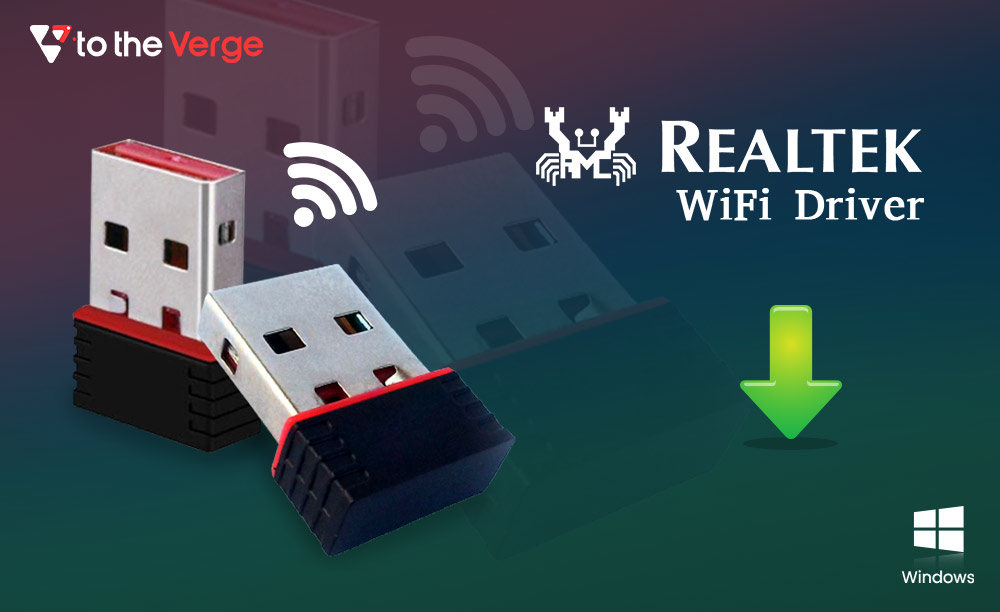Augmented Reality (AR) is one of the biggest technology trends that we all have come across at some point or another. Be it while playing a game like Pokemon Go, trying out innovative Snapchat filters in our selfies, decorating our homes through the IKEA app, or even trying out different makeup varieties with the L’Oreal app.
Yes, this is what Augmented Reality is. It’s about being present in the real world but interacting with virtual things that you can see and manipulate that aren’t actually there. In simple terms, Augmented Reality provides us the power to enhance or “augment” our current environment with digital data like images, text, and animations.
Although this idea might have appeared futuristic a few years ago, AR has rapidly become a mainstream technology, thanks to rapid innovation in the digital world. As a result, the global market for Augmented Reality is expected to reach around $88.4 billion by 2026.
“AR is the way that I think is far more promising and exciting for technology and humanity. AR is designed to improve and enhance what you do as a human being: Being outside, socializing with other people, playing, shopping, having fun, Augmented Reality can make all those things improve,” says John Hanke – CEO of Niantic, Inc.
So to understand better, let’s take a closer look at what AR is and what it is capable of?
So, What Exactly Is Augmented Reality?
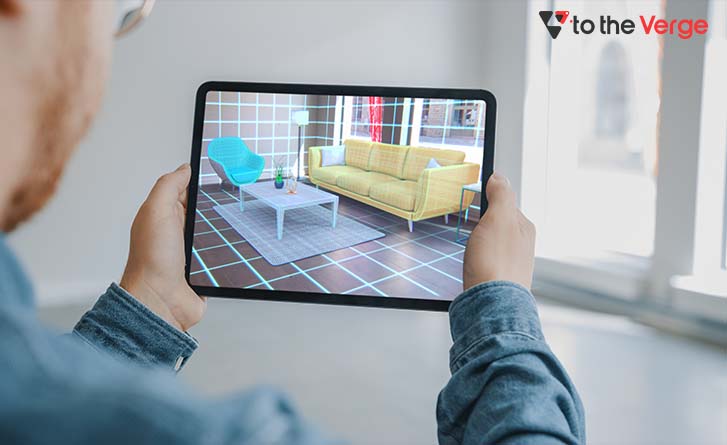
Augmented Reality, as the name suggests, is a technology designed to augment your Reality. However, unlike Virtual Reality, where users step into an entirely new virtual space, AR brings digital content into your current environment.
In other words, AR technology enhances the real world by adding layers of digital elements to it. These elements involve computer-generated graphics, sensory projects, sound or video effects, or haptic feedback.
Because of its accessibility, Augmented Reality has appeared as one of the fastest-growing XR technologies. Thus, most people today already have access to Augmented Reality in their pockets. With intelligent processing power and high-quality cameras, smartphones are a perfect platform for accessing AR technology. But, of course, they’re not the only way to experience augmentation.
Adding digital information into the real world offers an engaging and dynamic customer experience enabled with the input from different hardware like smart glass, smart lenses, and smartphones. As Tim Cook said, “Augmented Reality will likely transform everything.”
“For the moment, AR still has many challenges to overcome such as refining occlusion, the procedure of developing 3D content & assets quality, device’s computation powers, connectivity, hardware components’ contraction, etc. However, if Augmented Reality on mobile is the first step and gathers most AR experiences for a couple of years, AR on smart glasses will transform the user experience.”
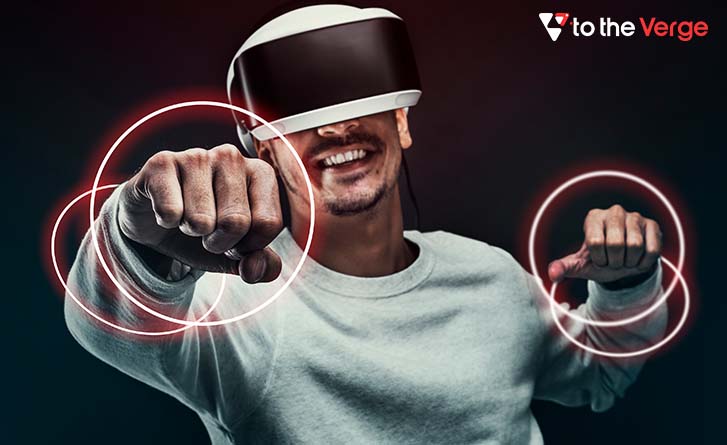
With smart glasses, users will gain access to handsfree experiences, with content displayed straight in front of their eyes and an entire augmented vision of the real world.
“Augmented Reality will play a significant role in the evolution of human/computer interaction. For example, today, we interact with a small screen in our pocket to get all the information we need, but it would often be more natural and intuitive to display this information in front of us or on a real object,” says Stephane – CTO & Co-founder of Immersiv.io, ”
More than just a tool for smartphone games, Augmented Reality has quickly started to validate its value in recent years in numerous use cases – from assisting surgeons with complex procedures to helping engineers to ease their tasks.
Types Of AR
Even though all AR devices share a few things in common, there are different augmented Realities, and each one is better suited for other uses. Augmented Reality is of four types. Let’s discuss each one in detail.
1. Marker-Based AR
In a marker-based AR, a unique visual object like a sign and a camera are used to initiate the 3D digital animations. Then, the system will evaluate the orientation and position of the market to position the content efficiently.
2. Marker-Less AR
It is used in occasions, business, and navigation applications. For instance, the technology uses location-based info to determine what content the user acquires or discovers in a particular area. In addition, it may use GPS, compasses, gyroscopes, and accelerometers as used on mobile phones.
3. Project-Based AR
Project-based AR uses artificial light projected on the physical surfaces to detect the user’s interaction with the surfaces. It is utilized on holograms like in Star Wars and other sci-fi movies.
4. Superimposition-Based AR
In this case, the original item is replaced with an augmentation, entirely or partially. For example, users can place a virtual furniture item over a room image with a scale on the IKEA Catalog app.
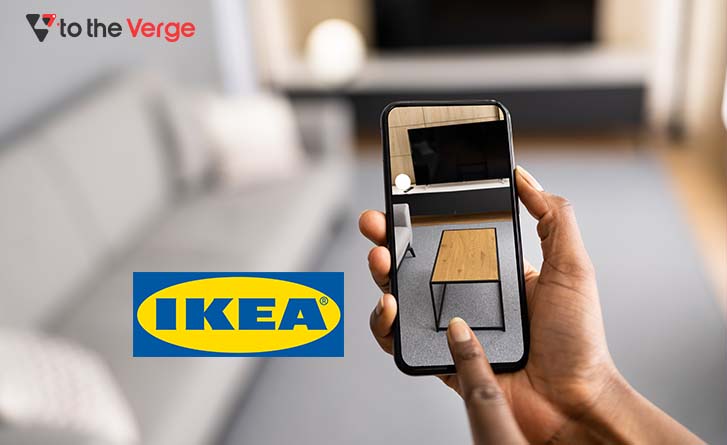
Brief History Of Augmented Reality
Augmented Reality was born at Harvard University in 1968. Ivan Sutherland, a professor of electrical engineering, created a head-mounted display system named “The Sword of Damocles.” The giant headset weighed so much that it was affixed to the ceiling to function. Unfortunately, users also had to be strapped into the system for it to work, which made the experience pretty uncomfortable.
- AR in the 1970s – In 1975, Myron Krueger designed Videoplace – an artificial reality laboratory. The scientist intended the interaction with digital stuff through human actions. Later, this concept was used for specific projectors, video cameras, and on-screen silhouettes.
- AR in the 1980s – In 1980, the first portable computer called EyeTap was developed by Steve Mann and designed to be worn in front of the eye. It recorded the scene to superimposed effects later and displayed it all to a user who could also play with it through head movements.
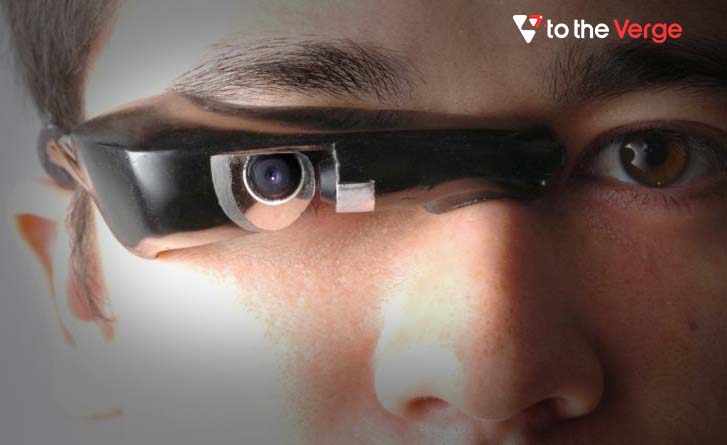
In 1987 Douglas George and Robert Morris built the prototype of a heads-up display (HUD). It showed astronomical data over the actual sky.
- AR in the 1990s – 1990 marked the origin of the “augmented reality” term. It first emerged in Thomas Caudell and David Mizell’s work – Boeing company researchers. Then, in 1992 Louis Rosenberg built the AR system called “Virtual Fixtures.” Then, in 1999, a group of scientists led by Frank Delgado and Mike Abernathy tested new navigation software, which created airstrips and highways data from a helicopter video.
- AR in the 2000s – In 2000, a Japanese scientist Hirokazu Kato built and announced ARToolKit – an open-source SDK. In 2004 Trimble Navigation introduced an outdoor helmet-mounted AR system. In 2008 Wikitude created the AR Travel Guide compatible with Android phones.
Since then, Augmented Reality has evolved quickly and is being used for commercial and individual purposes. For example, in 2014, Google announced, Google Glass — the first ready-to-wear AR device, making it easy to get digital information by simply nodding your head.
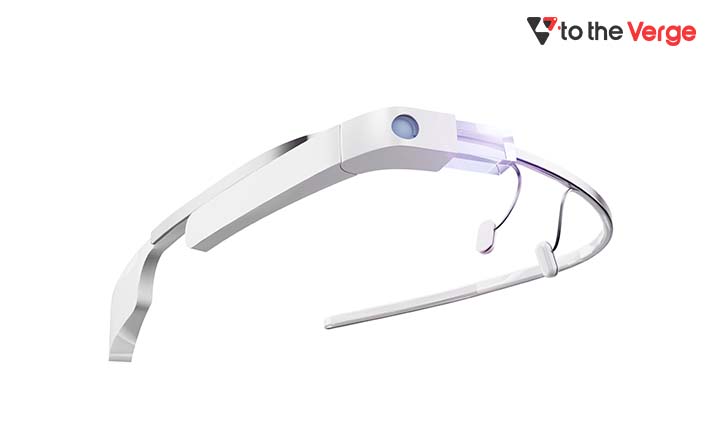
Snapchat included a geofilter feature a few months later, letting users add graphics showcasing geographic locations to their photos. They then introduced Lenses, which map users’ faces to insert motion graphics into pictures and videos. At the end of 2017, 187 million people used Snapchat every day.
Augmented Reality is so popular that almost every social network, business, and retailer uses the technology. That’s a lot of Augmented Reality. Right? So let’s now dig into finding out how does AR works?
How Does Augmented Reality Work?
Augmented Reality manipulates the real world the user sees, changing the user’s perception of reality. When a virtual object is placed between the user and the real world, object recognition and computer vision allow the object to be manipulated by physical objects and enable the user to interact with the virtual elements.
As curiosity in AR technology continues to rise, the tools to access Augmented Reality are transforming too. Progressively, we will see more smart lenses and hardware on the market. It includes technologies like SLAM (simultaneous localization and mapping), depth tracking (a sensor data analyzing the distance to the objects), and the following components:
- Sensors – To align real and virtual environments, AR systems need to capture precise information about the natural world. When a camera or sensor collects data, it sends it to an application or software for processing.
- AR software – AR software is the apps and tools used to access AR. These days, it’s becoming more accessible for people to create their own AR software, thanks to the success of Apple’s ARKit and Google ARCore.
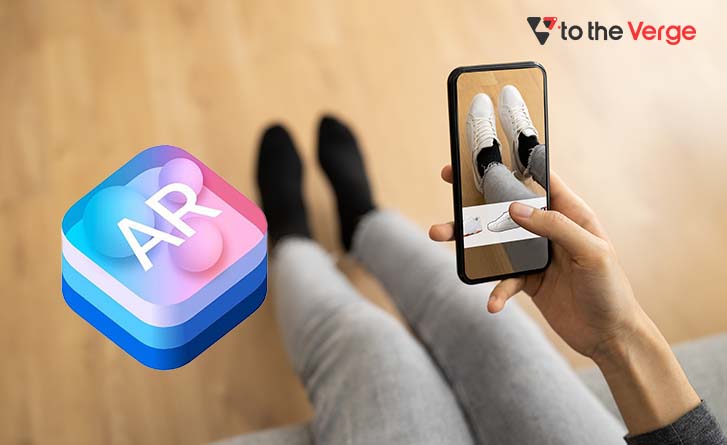
- Processing – AR devices ultimately act like miniature computers. Therefore, they need a CPU, a GPU, Bluetooth/WiFi, flash memory, RAM, a GPS, etc., to be able to calculate speed, direction, angle, orientation in space, and so on.
- Lenses And Viewing – AR glasses and AR applications need a lens or image platform so you can see the digital content in the real world. The better the screen quality, the more realistic the content looks.
- Artificial Intelligence – Most AR solutions leverage some aspect of AI to work appropriately. AI can play a supportive role along with AR by allowing users to complete actions using their voice (natural language processing). AI can also help to process data for your AR application.
Differences Between AR & VR?
Most people often confuse Augmented Reality (AR) with Virtual Reality (VR). Although they both offer a new way to immerse people and enhance their vision with the help of technology, their idea is totally different. The primary difference between AR & VR is that while Virtual Reality replaces the complete natural environment with an artificial or virtual one, Augmented Reality is applied in a direct view of an existing real environment and adds components like sounds, graphics, or videos onto it.
“In VR, you are entirely immersed in a new virtual world. AR allows you to experience the real world enhanced with customized content.” Says Kevin – Project Manager at Immersiv.io
Virtual Reality (VR) is a computer-generated simulation of a different world that totally immerse the user in an artificial or virtual environment, offering an unreal experience with no sense of the real world. For that, it needs specific sensory equipment, headsets, and gloves.
On the contrary, Augmented Reality (AR) depends on a real-life view of the world with virtual images projected into it (usually via a mobile phone camera). However, the real world remains central to the experience and is enriched by virtual elements that generally interact with it.
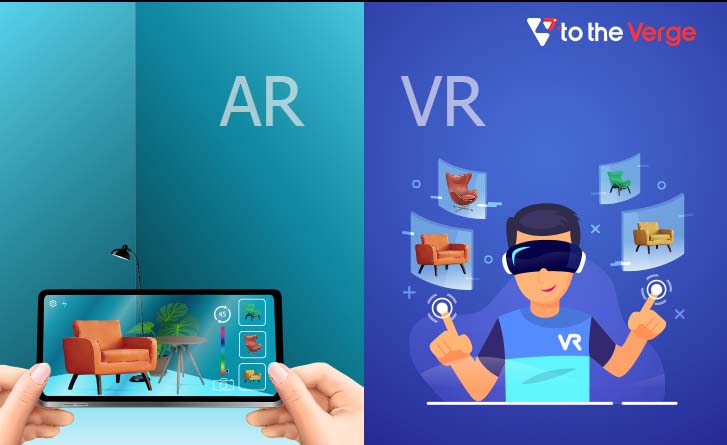
Today, VR probably gathers the most recognized immersive experiences, available in video games and entertainment or used for training and education in different industries. There is no doubt that augmented reality will completely flood the market in the future.
“AR is a simple tool that you can utilize for many different things, like how we use our smartphones today. However, VR is more beneficial when you really want a deep sense of immersion, like video games, storytelling, or even teaching.” Says Stephane – CTO & Co-Founder of Immersiv.io
It is always possible to see one’s environment in AR, which is not possible with VR, which is one of the crucial differences that make AR expected to be more social. At the same time, VR will continue to be predominantly individual.
Jay Van Buren – Co-Founder and CEO of Membit Inc., said, “I personally think that AR will always be bigger than VR because we are embodied beings, and we exist in the real place. I feel like flashforward 10 years from now, and people are doing VR instead of watching a movie or playing a game, after work, etc. But AR will be all day, every day, all the time, for everything. AR will just be how we use computers.”
Augmented Reality Applications
Augmented Reality has been highly progressive and established over recent years. Now, the Augmented Reality world is not limited to some fun Snapchat filters to apply to our selfies, nor any games such as Pokémon Go.
Augmented Reality has now established itself as an impressive tool for the industry and the general public, from engaging and interactive weather reports to assisting fighter pilots in tracking down their targets day or night.
1. AR’s Role in Military
In the case of the military field, one crucial application of Augmented Reality is Heads-Up Display (HUD). With the help of AR technology, a transparent view is displayed directly in the fighter pilot’s eyes. This view enables data for the pilot, comprising information on the horizon line, altitude, airspeed, and other authoritative data.
Here “heads up” indicates that the pilot doesn’t require looking down at the aircraft’s instrumentation to access the data he needs.
Another great application utilizing AR technology is the Head-Mounted Display (HMD), adopted by ground troops. In this application, crucial data, including the location of the enemy, can be displayed within the sightline of the soldier.
2. AR’s Role in Medical
Medical students adopt this technology to assist them in practicing surgery within a controlled environment. Visualizations facilitate demonstrating complex medical conditions to patients. Augmented Reality also simplifies enhanced sensory insight for surgeons, thus diminishing the risks in operations. In conjunction with an MRI or X-ray, Augmented Reality can deliver everything within a single view for the surgeon.
In surgical applications, AR’s role in Neurosurgery remains most noticeable. The technology’s capacity to develop a 3D image including exact brain coordinates on top of the patient’s actual anatomy turns out to be exceptionally beneficial for the surgeon.
3. AR’s Role in Education and The Workplace
It can be easier and more entertaining to learn with Augmented Reality, and loads of AR apps can facilitate that in some senses. A pair of glasses or a smartphone might be all you need to learn more about real objects around you, like books or paintings.
One such example of such an AR app is SkyView, which lets you point your phone at the sky and see where stars, planets, satellites, and constellations are positioned at that exact moment, both during the day and night or from the opposite side of the planet.
SkyView is a layered augmented reality app that uses GPS. It shows you the natural world around you and employs your location and the time to teach you where these objects are situated and provide you with more information.

Google Translate is another well-known example of an AR app for learning, in which you can scan text in a language you don’t understand, and it will instantly translate it for you in real-time. Doug Stephen, president of CGS Enterprise Learning division, says it’s grown into part of on-the-job training opportunities.
“Whenever considered an evolving and disruptive technology, [AR] offers learners with an immersive format,” he says. “A consumer-focused AR for education is interconnected modems that owners install to expand their internet reach. Using AR, the person can envisage the internet strengths on a tablet or smartphones all over the home.”
“It can also offer primary education on setup and installation to help users determine more-efficient modem positioning to enhance the internet connections range. This will eventually help users save time, money, effort, and possible frustration from waiting for a technician to do in-home service.”
4. AR’s Role in Navigation
Navigation is one of the areas where AR has proven its worth as the most prominent player. AR navigation software enables adding real-world objects accompanied by glimpsed instructions from the app screen while hovering the device’s camera over them. These tips involve information concerning buildings and directions, where the bus goes, where a particular shop or restaurant is situated, etc.
Advanced GPS systems implement augmented Reality to enable perfect navigation from Point A to Point B. With the help of the smartphone’s camera and the GPS, the user can detect the designated route according to the live view ahead of the car.
5. AR’s Role in Tourism
When it comes to Tourism, augmented reality can introduce interactive components into hotels to enhance the user’s experience and helps hotels and resorts facilitate helpful information to customers when needed.
For example, The Hub Hotel from Premier Inn, a British resort, made augmented Reality compatible through the wall maps it places in hotel rooms. When observed with a smartphone or tablet, the wall maps involve additional information about local places of interest, serving as a tourist information tool.
Together with hotels, several other businesses within the industry are designing AR apps to allow travelers to enhance physical locations and tourist attractions. This indicates that users can point their smartphones at a building or landmark and gain more information regarding its menus or reviews.
6. AR’s Role in Maintenance and Repair
Augmented Reality allows users to expand their view through real-time overlaid digital data. It enables users to gather data regarding an asset or get step-by-step instructions on how an asset can be repaired. For example, a head-worn display can help a mechanic fix an engine to see superimposed representation and data in his actual view.
By displayed in a portion in the corner, images of the fundamental tools can enlighten the particular movement the mechanic needs to perform. The prolonged reality framework can mark all the essential parts. Through this technology, simulations can prepare technicians, cut down on training costs and human errors, reduce the execution time and breakdowns, and reduce downtime.
7. AR’s Role in Gaming
The latest developments in technology and computing power have paved the way for Augmented Reality to establish itself in the gaming industry. With head-worn systems expanding more reasonable and computing power getting more convenient, Augmented Reality boosts the gaming experience. One such well-known game is Pokemon Go, released in 2016, which has become a milestone in the gaming industry.

In this game, players find and capture Pokemon characters that turn up in the real world, whether on a footpath, fountain or even in your bedroom. Popular AR apps include SpecTrek, Ingress, Ghost Snap AR, Zombies, Run!, Temple Treasure Hunt, and AR Invaders.
Challenges of Augmented Reality
So what do you think? Is it all well with the increasing use of AR? Or does it come with its own set of challenges? Of course, there are some challenges that Augmented Reality faces, so let’s discuss some major challenges posed by AR today.
1. Excessive Production Of Information
With the world progressively driven by digitalization, social media and the internet have led to a significant rise in development and data sharing. Furthermore, with the advancement of smartphones, it has become more accessible for the public to retrieve vast amounts of data from various sources.
So with AR-enabled wearable devices such as AR smart glasses, we are staring at a situation that can be described as data overload. This can be pretty addictive and cause people to lose their way from their routine.
2. Impairment In Perception
Smart glasses empowered with AR technology pose a danger of endangering the consumer’s perception. This is because the glasses may be created using substandard design or manufacturing procedures that jeopardize the insight of its consumer and cause terrible consequences depending on the application. Thus, protecting the AR equipment’s quality standards becomes vital for its effective application.
3. Confusion and Distraction
While Augmented Reality offers prolific information for its users, Newbies and those getting acquainted with the AR technology afresh are likely to find it confusing or distracting. AR can be a double-edged sword for activities like driving or surgeries as it can be very distracting and, thus, dangerous. Therefore, organizations need to train their users to offer smooth transitions from non-AR to AR-enabled activities
4. Could Endanger Privacy
Since the Augmented Reality experience is carried out by first taking in the current physical environment, interpreting it, and then augmenting it with additional digital data, a significant amount of data is gathered, which includes not just the user’s device data but also the data of any other people being viewed through the device.
This could risk one’s privacy and prove a significant issue once the technology rises in popularity. As a result, strategies to safeguard personal privacy becomes a challenge in AR’s application.
5. Security Dangers
Augmented Reality is vulnerable to cybersecurity dangers and unapproved access through hacker attacks and malware. Like some other allied technology, these attacks can prompt refusal of service or overlay incorrect data, leading to risky and terrible results.
FAQs – Augmented Reality
Q1. What’s The Difference Between AR And VR?
Augmented Reality basically operates and exists in the real world, adding layers of interactivity on top. On the other hand, Virtual Reality is a complete immersion in an entirely virtual environment. AR users can control their presence in the real world, whereas VR users are governed by the system. Virtual Reality needs a headset device, but Augmented Reality can be accessed with a smartphone. AR enhances the virtual and real worlds, while VR only enhances a fictional reality.
Q2. When Was Augmented Reality Invented?
The technology that drives Augmented Reality experiences was invented decades ago, but AR technology first entered the mainstream in the 1990s. However, AR became more popular in the 2010s because of the several AR games and products released.
Q3. How does AR work?
Augmented reality starts with a camera-equipped device such as a smartphone, a tablet, or smart glasses loaded with AR software. Then, when a user points the device to look at an object, the software recognizes it through computer vision technology, which analyzes the video stream.
Q4. What Is The Future Of Augmented Reality?
AR technology has proven to be one of the top innovations opening up new growth points for businesses worldwide. This year, mobile AR users are expected to reach 3.5 billion. In addition, analysts predict that the AR market will reach $198 billion in 2025.
Conclusion
As we continue to build digital lives for ourselves and explore the metaverse concept, Augmented Reality avatars and virtual creations are likely to become more common. We may see a future where more people create their own AR content and environments to share.
AR’s capability to link both physical and digital worlds makes it flexible for many use cases. “I’m thrilled about augmented reality because unlike virtual reality, which closes the world out, AR permits users to be present in the world but expectantly allows an enhancement on what’s happening at the moment.” – Tim Cook.
Snehil Masih is a professional technical writer. He is passionate about new & emerging technology and he keeps abreast with the latest technology trends. When not writing, Snehil is likely to be found listening to music, painting, traveling, or simply excavating into his favourite cuisines.

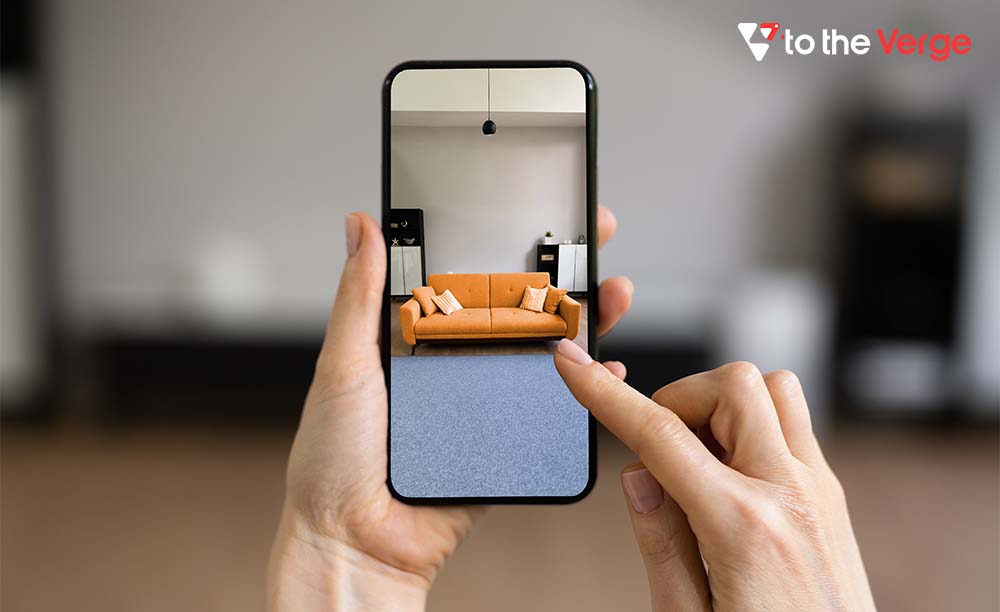

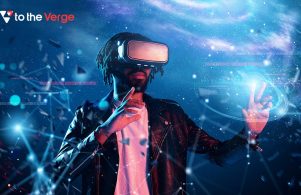
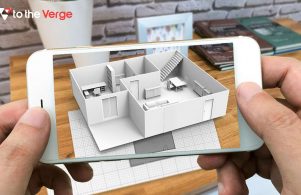
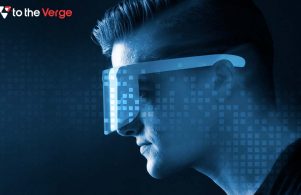

![How to Update and Reinstall Keyboard Drivers on Windows 10/11 [A Guide]](https://wpcontent.totheverge.com/totheverge/wp-content/uploads/2023/06/05062841/How-to-Update-and-Re-install-Keyyboard-Drivers-on-Windows-10.jpg)
